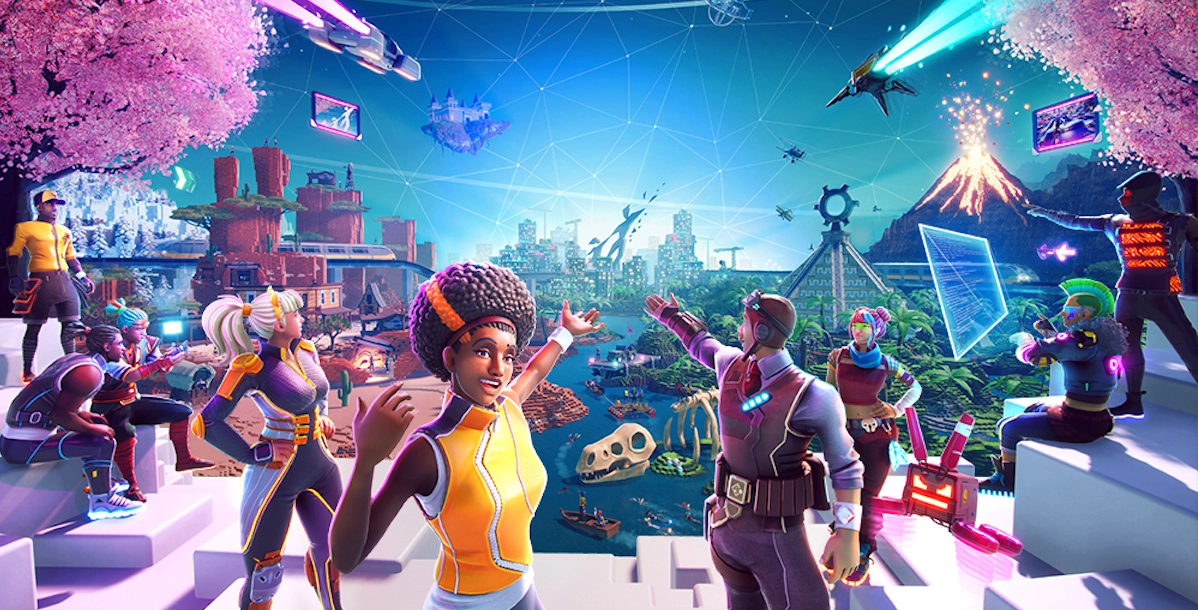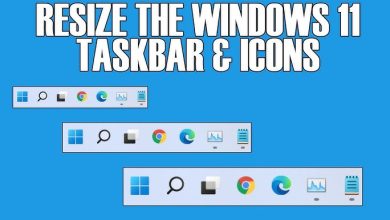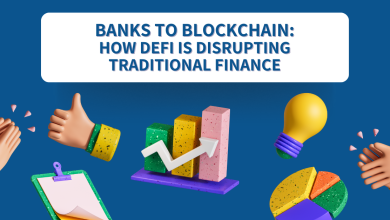
The Metaverse: Hype or Reality?
The concept of the Metaverse has captured the world’s imagination, with tech giants, investors, and creators seeing it as the next big thing. Many wonder if the Metaverse is just a buzzword or if it represents a genuine shift in how we experience digital life. In this article, we’ll explore the concept, its current applications, and whether the Metaverse is indeed the future or simply overhyped.
What is the Metaverse?
It is a virtual, interconnected digital universe that combines augmented reality (AR), virtual reality (VR), and online experiences into a single, immersive space. In the Metaverse, users can work, play, socialize, shop, and even create their own virtual worlds. The term gained popularity when companies like Meta (formerly Facebook) invested heavily in developing it, promoting a vision of a 3D internet where physical and virtual worlds merge seamlessly.
Although the It is often associated with VR, it extends beyond VR headsets. The Metaverse includes AR applications, digital economies, and any technology that allows people to interact digitally in immersive ways. In short, it’s a digital ecosystem designed to recreate aspects of real life, allowing users to experience things virtually in a more interactive way.

Current Applications of the Metaverse
The Metaverse is already influencing several sectors. Here’s how it’s being used today:
1. Gaming: Gaming is one of the most advanced Metaverse applications. Platforms like Roblox, Fortnite, and Minecraft allow players to build worlds, socialize, and even attend virtual events. These games are becoming more than just entertainment; they’re evolving into social platforms where players can create, connect, and spend virtual currency.
2. Social Interaction: Social media is moving towards more immersive experiences. Platforms like Horizon Worlds by Meta and VRChat provide spaces where people can meet as avatars, attend virtual gatherings, or participate in group activities. The goal is to make virtual interactions as close to face-to-face encounters as possible.
3. Remote Work: The Meta is also reshaping remote work. Virtual offices, like those offered by Spatial and Microsoft’s Mesh, allow employees to collaborate in 3D environments. This can reduce the isolation of remote work and create a more engaging work experience. Virtual whiteboards, shared workspaces, and 3D models enhance collaboration, especially for teams working on creative projects.
4. Shopping and Retail: Major brands are exploring ways to use the Meta for retail. Virtual stores allow customers to “walk” through showrooms, try on clothes virtually, or visualize furniture in their homes through AR. Companies like Nike and Gucci have created virtual products and experiences, appealing to customers who want unique digital items and interactive shopping.
5. Education and Training: Educational institutions and companies are leveraging VR for training. Virtual classrooms make learning more interactive and engaging, while VR-based simulations allow students to practice skills in a safe environment. Medical training, for example, can be done with VR to provide hands-on practice without risk. Similarly, training simulations for fields like aviation or engineering are becoming more common.
6. Real Estate: The Metaverse is also making waves in the real estate industry. Real estate companies are using virtual tours to showcase properties, and some are even selling virtual land. Platforms like Decentraland allow users to purchase, develop, and monetize virtual real estate. This digital land can be used for virtual events, stores, and even social gatherings.
Why is the Metaverse So Hyped?
The Metaverse promises a lot, which is why it’s generating so much excitement. For one, it represents a new level of connectivity. With the Metaverse, users can interact in real-time across vast distances, creating a sense of presence that isn’t possible with traditional digital communication.
The Meta also offers endless possibilities for creativity. Users can build virtual worlds, express themselves through custom avatars, and engage in experiences limited only by their imagination. For many, this potential for self-expression and creativity is highly appealing.
The economic aspect is another factor. The Meta has opened new revenue streams for businesses and individuals alike. Digital items, virtual real estate, and in-world experiences can be monetized, creating a new digital economy. As companies invest in Metaverse technologies, they see potential for financial returns that could change how people work, play, and interact.
Finally, the COVID-19 pandemic highlighted the importance of digital interaction. With people spending more time online, the idea of a virtual space that brings people together became increasingly appealing. The Metaverse taps into this desire for connection and collaboration, which has only grown in recent years.

The Challenges and Limitations
Despite its promise, the Metaverse faces several challenges. Building a seamless, immersive Metaverse requires advanced technology that is still evolving. VR and AR headsets are expensive and often uncomfortable for extended use. Additionally, these devices need higher processing power and better connectivity, which not everyone has access to.
Another major challenge is interoperability. For the Metaverse to be fully realized, users should be able to move between different platforms seamlessly. However, most current platforms operate independently, which limits cross-platform experiences. Creating a unified Metaverse where users can carry items, currencies, or avatars between virtual spaces will require collaboration among tech companies.
Privacy and security concerns are also significant. With more personal data collected in the Metaverse, the risk of data breaches and privacy invasions increases. Protecting users’ identities, data, and virtual assets is essential, but current security measures may not be enough. Additionally, there are concerns about user safety and harassment, especially in unmoderated spaces where people can interact as anonymous avatars.
Digital addiction is another risk. The Metaverse is designed to be immersive, which could make it addictive for some users. Spending excessive time in virtual worlds could lead to social isolation, mental health issues, and even physical health problems.
Lastly, accessibility is an issue. Not everyone has access to the technology needed for the Metaverse, and some people may feel excluded. Bridging the digital divide will be crucial to make the Metaverse inclusive and accessible for everyone.
Is the Metaverse the Future or Just Hype?
The Metaverse has great potential, but it’s still in its early stages. Some elements of the Metaverse, like virtual gaming worlds and online shopping, are already integrated into daily life. However, the fully immersive, interconnected Metaverse that tech giants envision is still years, if not decades, away.
For now, much of the Metaverse’s appeal lies in its promise rather than its reality. The hype surrounding it is partly fueled by businesses eager to capitalize on a potential new market. Tech companies, in particular, see the Metaverse as the next frontier for growth, so they’re heavily investing in its development. But there is no guarantee that these investments will result in the Metaverse everyone imagines.
As technology advances, the Metaverse will continue to evolve. VR and AR will become more sophisticated, and virtual spaces will become more interconnected. However, it’s essential to manage expectations. The Metaverse may not replace the internet, but it will likely complement it, providing new ways to interact and engage with digital content.
The future of the Metaverse depends on overcoming its challenges, ensuring accessibility, and addressing privacy concerns. If these issues are resolved, the Metaverse could become a transformative space for social, professional, and creative interaction. If not, it may remain a niche interest for gamers and tech enthusiasts.
Conclusion
The Metaverse is an exciting vision that combines technology, creativity, and human connection in innovative ways. While it has the potential to change how we interact with digital spaces, it also faces substantial challenges that could limit its growth. Only time will tell if the Metaverse will be a groundbreaking evolution in technology or simply another overhyped concept. For now, it remains a blend of reality and aspiration, holding promise but also requiring patience and a healthy dose of skepticism.




